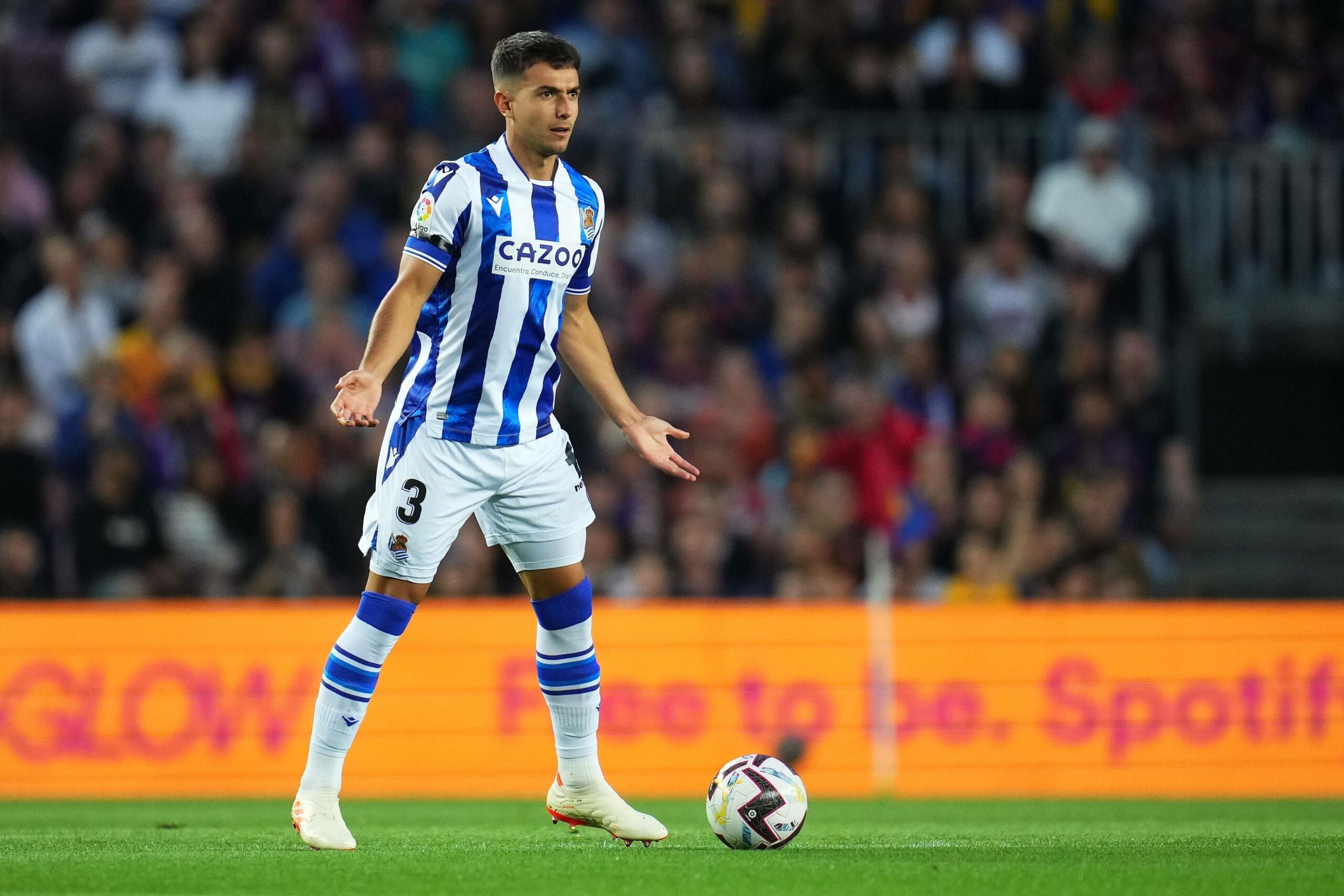Liverpool’s Tactical Evolution: A Closer Look at Their Victory Over Sevilla
In a captivating display of tactical flexibility and squad depth, Liverpool’s recent triumph over Sevilla has ignited discussions among football enthusiasts and pundits alike. Thanks to the insightful analysis from Panenka LFC, we’re able to delve deeper into the nuances of this match that may have set a precedent for Liverpool’s season.
Tactical Flexibility Under Slot
Arne Slot’s early days at the helm of Liverpool were marked by a noticeable degree of experimentation, primarily due to the absence of key players. As Panenka LFC pointed out, “In the first three games, Slot didn’t have all of his available players, which is why we saw so many experiments.” However, the match against Sevilla painted a different picture, showcasing a team that seemed more coherent and tactically settled.
Liverpool’s formation against Sevilla was nominally a 4-3-3, but this setup fluidly adapted depending on whether the team was in possession. When attacking, the formation often morphed into a 4-2-4, demonstrating Slot’s inclination to implement a dynamic playing style that adjusts to the phases of the game. This flexibility could be crucial in high-stakes matches where tactical astuteness plays a pivotal role.
Kelleher’s Case for First Choice
The goalkeeper’s role is often scrutinized in the world of football, and Liverpool’s scenario is no exception. Panenka LFC rightly highlights Caoimhin Kelleher’s growing influence within the squad: “We can all agree that Caoimhin Kelleher deserves the chance to stay in the squad and fight to become first-choice goalkeeper.” While Alisson Becker remains the likely first-choice, Kelleher’s performances last season and during the pre-season have certainly made a strong case for his inclusion and potential as a starter.
Midfield Dynamics and Gravenberch’s Role
The midfield pairing of Ryan Gravenberch and Alexis Mac Allister was particularly noteworthy. Gravenberch, playing deeper, mirrored the role Martin Zubimendi fulfils at Real Sociedad. Despite not having a “world-class showing,” his effectiveness and utility in the role were evident. Panenka LFC notes, “What is really interesting though, is that Gravenberch played a very similar role to what Martin Zubimendi plays at Real Sociedad.”

This approach in midfield offers Liverpool a solid base, with Mac Allister contributing further up the pitch, providing a balance of defensive security and creative push. This could signify a strategic pivot in Liverpool’s midfield, aiming to blend youth with experience and tactical intelligence.
Trent Alexander-Arnold’s Tactical Versatility
Another standout aspect was Trent Alexander-Arnold’s role, which exemplifies modern full-back play. As described, “When being deep and narrow, Trent Alexander-Arnold will be capable of both inverting into the midfield and stretching the pitch by pulling to the touchline.” His ability to receive the ball facing the play allows him to either break the opponent’s lines or disrupt their defensive blocks with his precise passing. This adaptability not only enhances Liverpool’s attacking phases but also adds an extra layer to their defensive setup.
Liverpool’s performance against Sevilla underlines a significant tactical evolution that could shape their strategies in upcoming fixtures. With Slot at the helm, experimenting with formations and player roles, Liverpool looks poised to tackle the challenges of a demanding season. Their ability to adapt and optimize player talents, as seen in the roles assigned to Kelleher, Gravenberch, and Alexander-Arnold, will be key to their success.
Panenka LFC’s detailed analysis provides an excellent foundation for understanding the intricate tactical shifts that Liverpool is implementing. As the season progresses, it will be interesting to see how these tactical experiments mature into consistent strategies that aim for success both domestically and in Europe.




